



A practical range for a quality cleaning appliance can start around £100 and extend up to £800 for advanced models. For homeowners with basic cleaning needs, units priced between £100 and £300 typically provide sufficient power and functionality. These mid-range options often deliver reliable performance for tasks like patios, driveways, and vehicles.
For enthusiasts aiming for more versatile capabilities, investing in units around £300 to £600 ensures access to improved features such as higher pressure ratings, enhanced durability, and various attachments for specific tasks. This range suits individuals who frequently engage in extensive cleaning projects or value time efficiency.
Those seeking professional-grade performance or tackling large-scale cleaning assignments in commercial settings can anticipate allocating £600 or more. High-end models in this category offer advanced technology, extended warranty options, and robust build quality, ensuring long-lasting reliability and superior results.
Understanding Your Cleaning Needs and Requirements
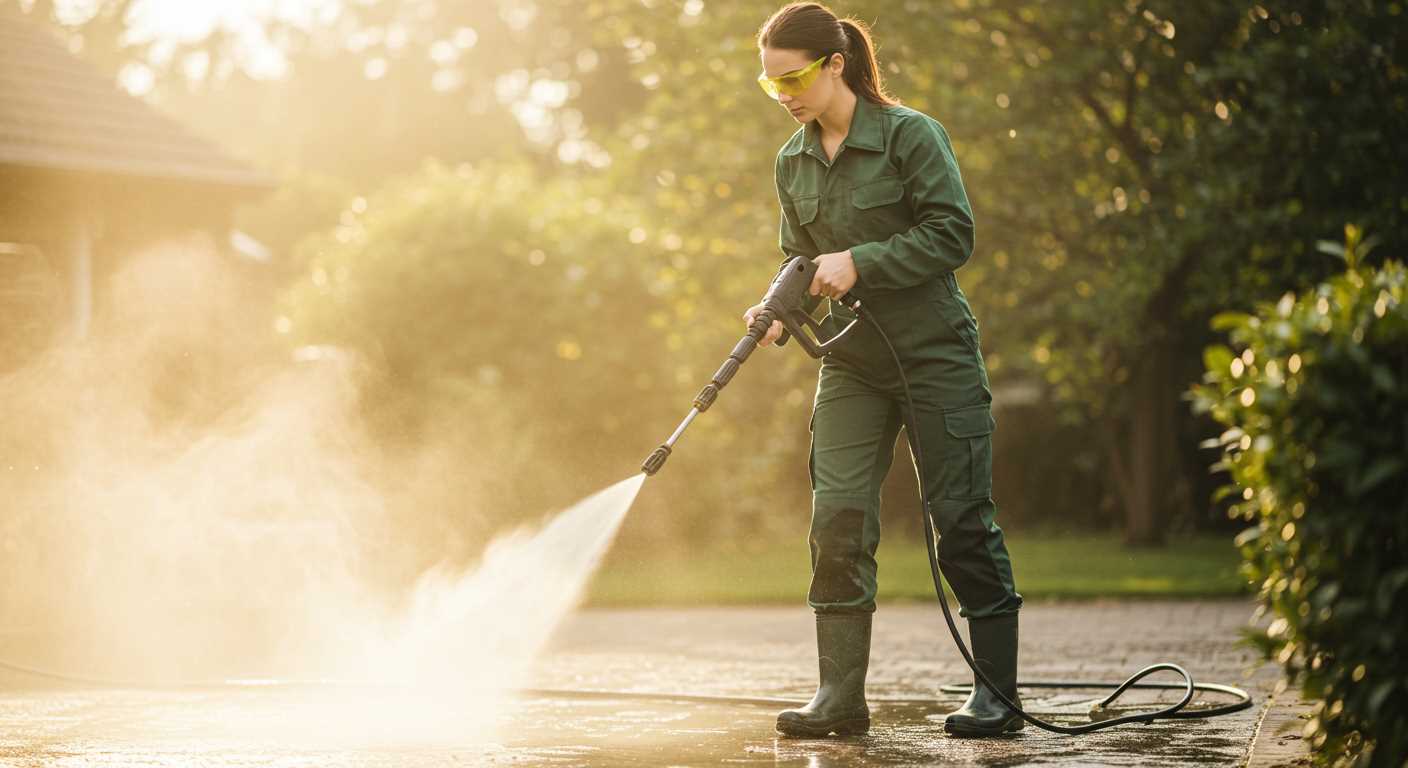
Before investing in a cleaning machine, it’s crucial to assess the specific tasks you’ll be tackling. Identify the types of surfaces you will be working with: wood, concrete, or metal? Each material may demand different pressure levels and nozzle attachments. For example, delicate surfaces like wood may require lower settings to prevent damage, while concrete can handle higher pressure for effective grime removal.
Frequency of Use
Consider how often you plan to use the device. Occasional use for small projects might indicate a lightweight, lower-powered unit will suffice. In contrast, regular use for larger jobs suggests a more robust model is necessary to ensure longevity and performance. If you manage a business or frequently tackle demanding tasks, a high-performance machine can save time and reduce the need for repairs or replacements.
Additional Features
Look for additional features that align with your cleaning habits. Models with adjustable pressure settings offer flexibility for different applications, while those with integrated detergent tanks can simplify the process when cleaning vehicles or patios. Some machines come equipped with convenient add-ons such as surface cleaners or extension wands, which enhance versatility and efficiency during cleaning projects.
| Application | Recommended Pressure | Suggested Features |
|---|---|---|
| Vehicles | 1200 – 1900 PSI | Detergent tank, adjustable pressure |
| Decks and Patios | 1500 – 2500 PSI | Surface cleaner, multiple nozzles |
| Driveways | 2000 – 3000 PSI | High power, long hose |
| Fencing | 1200 – 2000 PSI | Adjustable pressure, detergent tank |
Evaluating these factors will direct you toward the right equipment that meets your unique requirements. Take the time to analyse your cleaning objectives, making the investment in machinery that serves you best in the long run.
Assessing Different Price Ranges for Pressure Washers
For newcomers, I recommend focusing on models in the £100 to £300 range. These machines deliver adequate pressure for typical household tasks like cleaning patios, driveways, and vehicles. Look for units with at least 1200 PSI to ensure effective dirt removal.
Mid-Range Options
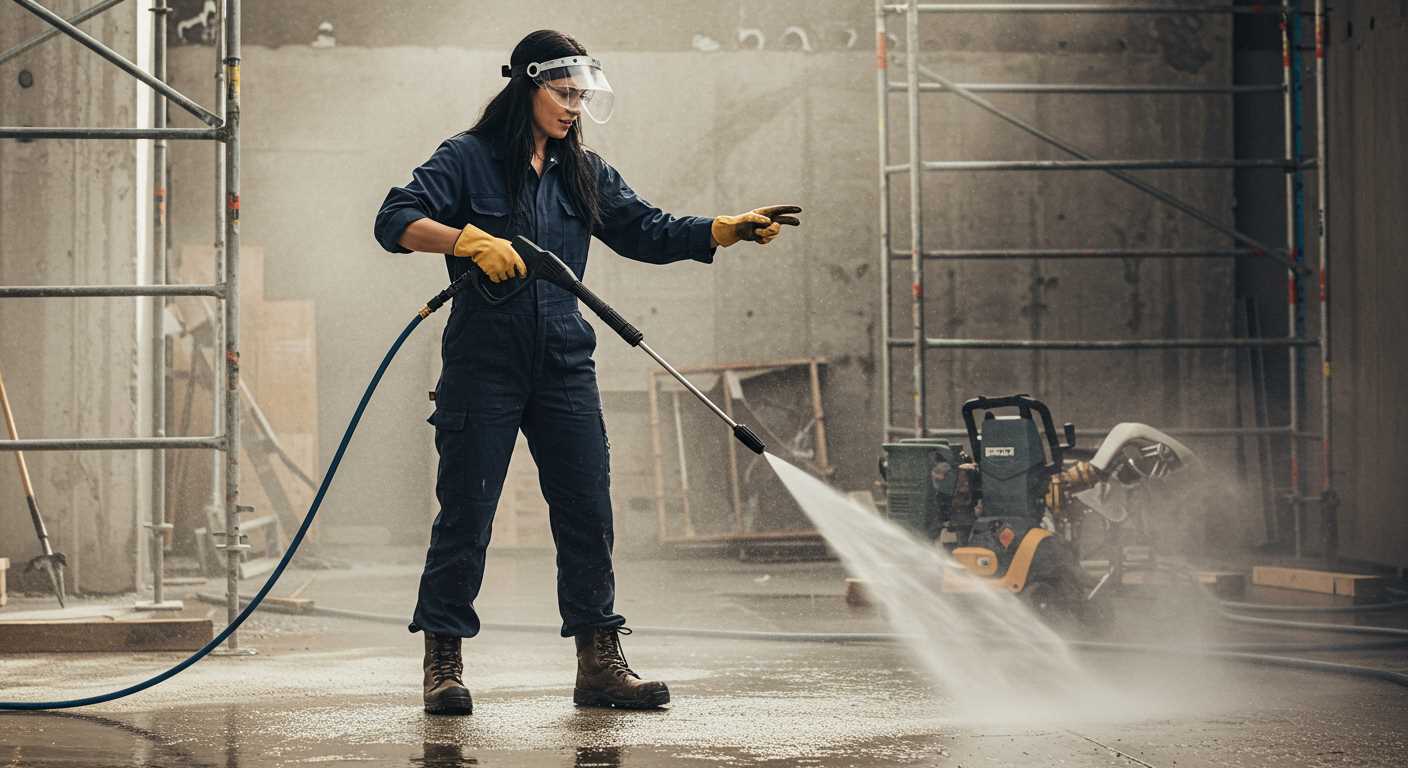
If you desire enhanced performance and additional features, consider investing between £300 and £600. These washers often come with better motors, longer hoses, and adjustable spray nozzles. They can tackle larger surfaces or tougher grime, making them suitable for frequent users or those with bigger properties.
Premium Choices
For those needing industrial strength or advanced capabilities, models priced above £600 are ideal. These options provide high PSI ratings, extended warranties, and specialised attachments for specific tasks. Professionals or enthusiasts who require robust gear will find this investment worthwhile as it offers durability and versatility.
Identifying Key Features That Affect Price
The motor’s type significantly influences the cost. Electric models, typically more affordable, offer convenience for light tasks. In contrast, gas engines provide greater power, suited for demanding jobs, and come with a higher price tag.
Another critical aspect is the pressure rating, measured in PSI (pounds per square inch). A higher PSI rating translates to more effective cleaning. For instance, units above 2000 PSI cater to tougher stains but come at an increased investment.
The flow rate, indicated in GPM (gallons per minute), also plays a role. Higher GPM means increased water output, translating to quicker cleaning. Models delivering over 2 GPM are generally more costly but save time.
Durability and build quality cannot be overlooked. Stainless steel and heavy-duty plastic often raise prices, reflecting their longevity compared to lower-grade materials. A robust frame affects not just lifespan but also stability during use.
Attachments and nozzles contribute to versatility. Units equipped with various spray patterns or additional tools, such as surface cleaners, typically come at a premium, yet they enhance functionality for different cleaning tasks.
Finally, the inclusion of features like detergent tanks or onboard storage for accessories may impact the final price, offering added convenience during cleaning sessions.
Evaluating Brand Reputation and Warranty Options
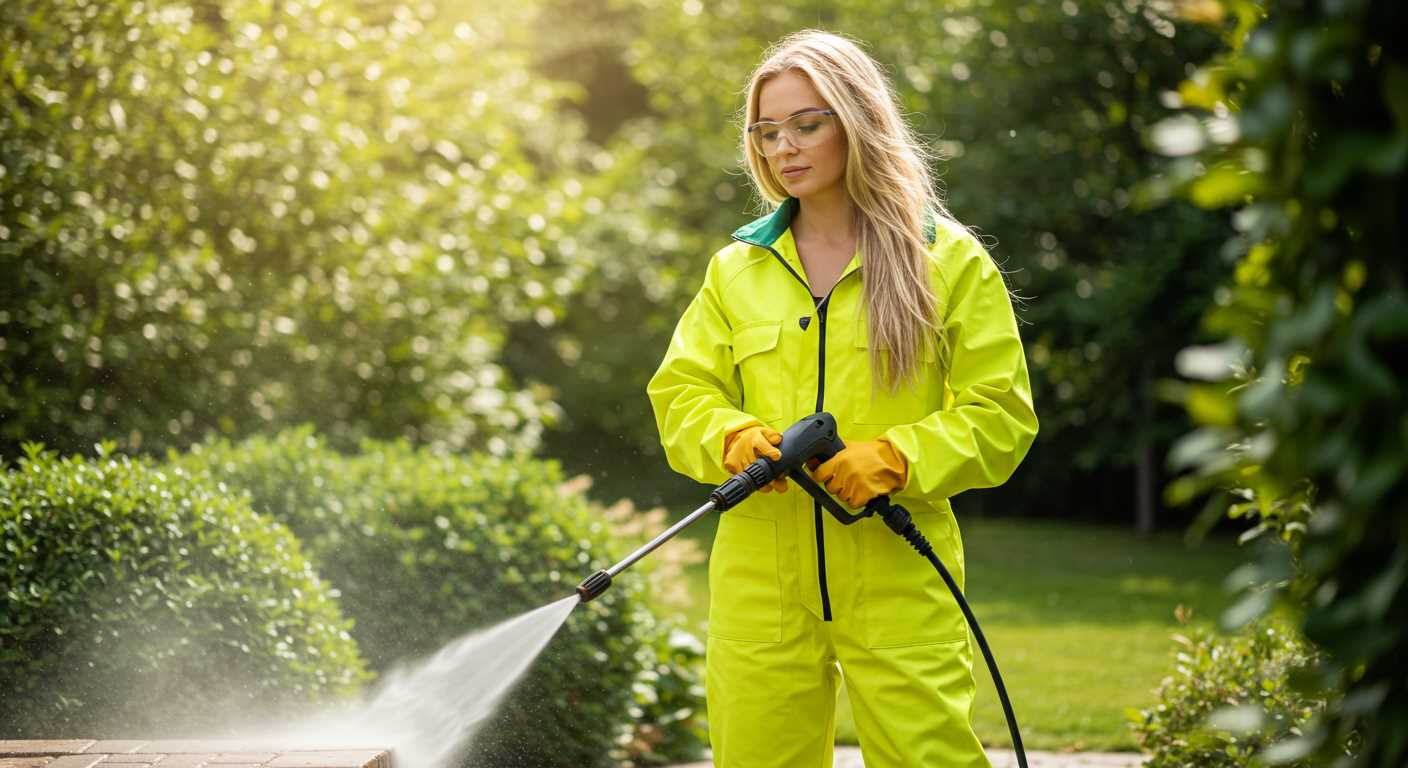
Make brand reputation a priority. Reputable manufacturers, like Karcher and Ryobi, are known for product reliability and customer service. Check for reviews and customer feedback to gauge long-term satisfaction. Brands that consistently meet or exceed expectations usually have robust reputations.
Focus on the warranty offered. A solid warranty indicates manufacturer confidence in their equipment. Look for at least a two-year warranty covering parts and labour. Some companies, like Honda, may provide even longer warranties for their engines. This can save significant repair costs down the line and offers peace of mind with your purchase.
Investigate the availability of replacement parts and support services. Brands with a well-established service network typically provide easier access to spare components and assistance. This factor enhances the longevity of your investment by ensuring you can maintain and repair your unit without hassle.
Finally, consider the brand’s response to customer inquiries and problems. Quick and effective customer support reflects a company’s commitment to its users. Search for consumer testimonials about the support experience to identify brands that value their clientele.
Considering Maintenance Costs and Accessories
Budgeting for a cleaning unit goes beyond the initial purchase price. Anticipate maintenance expenses and accessory purchases to ensure optimal operation. Regular upkeep, like changing filters and oil, impacts longevity and efficiency.
Projected Maintenance Expenses
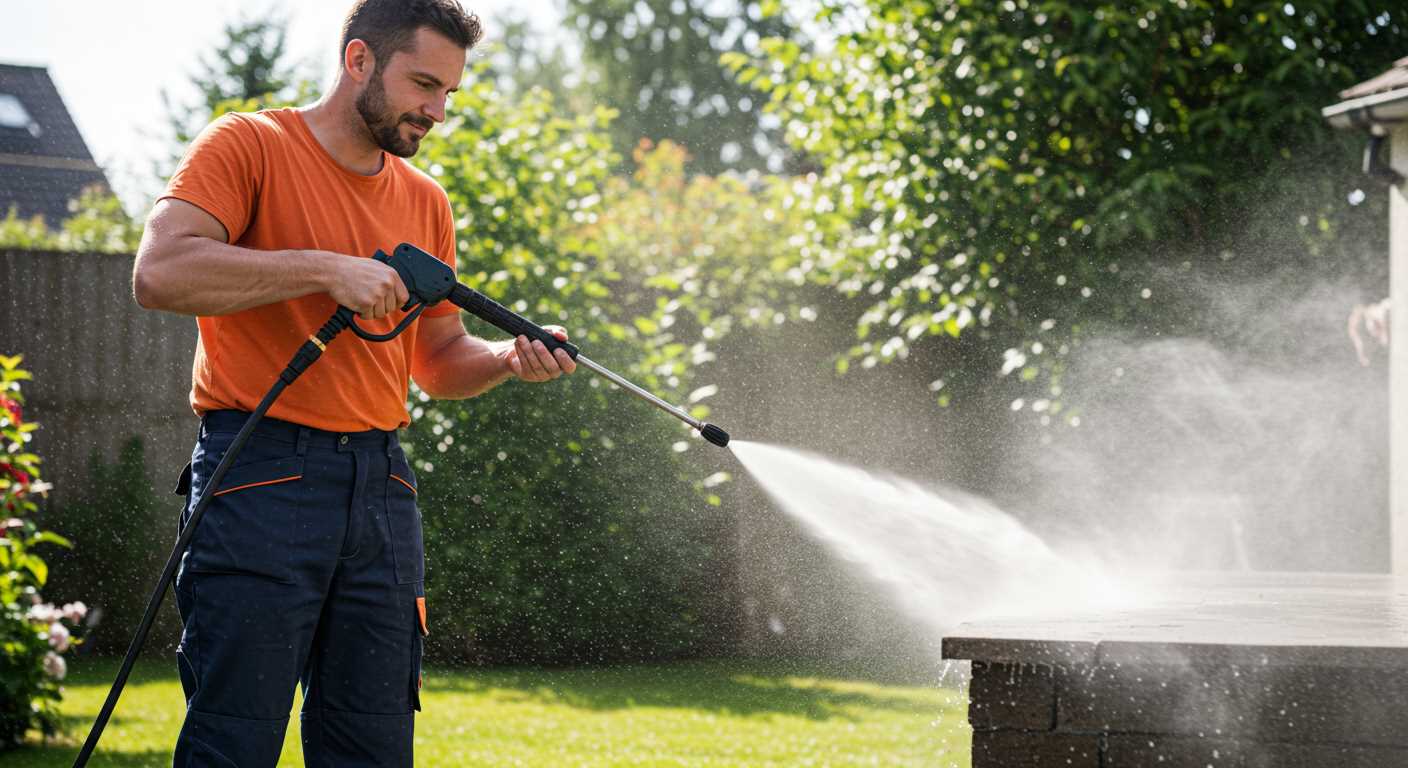
Set aside approximately 10-15% of the acquisition cost annually for maintenance. This includes replacing worn-out parts, seals, and hoses, which can deteriorate with extensive use. For electric models, keep an eye on the power cord and connections; damages can occur over time. Gas units may require engine maintenance, which can add up if not addressed promptly.
Accessories to Enhance Performance
Invest in key accessories tailored for your specific needs. A quality surface cleaner attachment can significantly improve cleaning speed and effectiveness. Nozzles can alter pressure and spray pattern, providing versatility for different surfaces. Another useful item is a detergent tank; ensure you purchase compatible cleaning agents to avoid damaging the machine.
Consider a sturdy extension wand for hard-to-reach areas and a good maintenance kit that includes a nozzle cleaner and oil. These additions not only enhance functionality but also contribute to the equipment’s longevity.
In sum, accounting for maintenance costs and strategically choosing accessories will greatly improve your overall experience with the machine, ensuring reliable performance for years to come.
Weighing the Long-Term Value of Your Investment
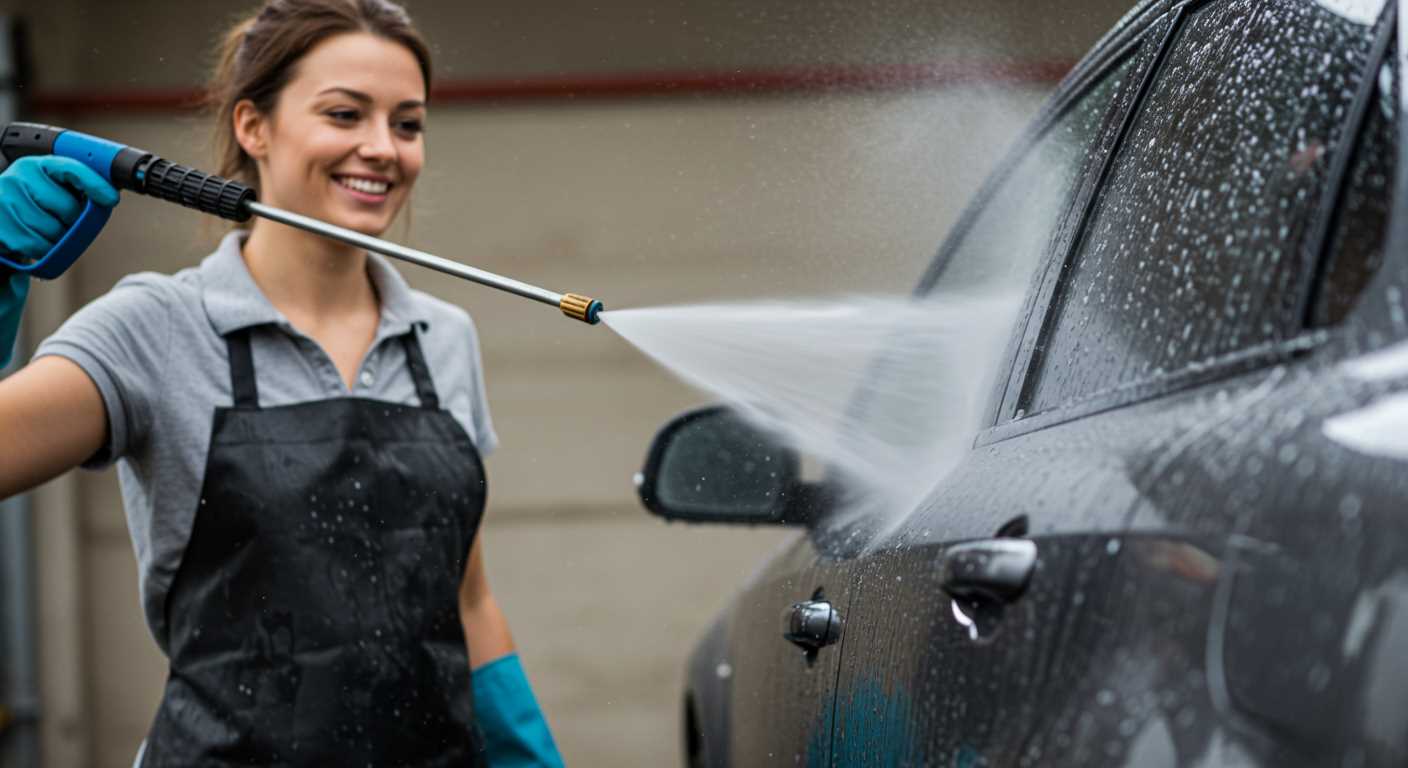
Investing in a cleaning device goes beyond initial costs; it examines its long-term benefits. A quality unit may seem pricey, but it can save money over time through durability and performance.
Cost Efficiency Over Time
When evaluating these tools, consider:
- Durability: A robust model typically lasts longer, reducing replacement frequency.
- Efficiency: Devices with higher PSI or GPM ratings clean faster, saving on water and time.
- Fuel or Energy Costs: Electric models tend to cost less to operate than gas versions.
Potential Savings
Consider potential savings from tasks performed:
- Home Maintenance: Cleaning driveways, decks, and exteriors leads to less wear and tear, potentially avoiding costly repairs.
- Professional Services: Regular cleaning can eliminate the need for costly professional services.
- Property Value: Maintaining your property may enhance its value, especially when selling.
Analysing these aspects will provide a clearer picture of your financial commitment’s value over the life of your chosen cleaning equipment. Balancing upfront cost with ongoing savings is essential for maximising your investment.









